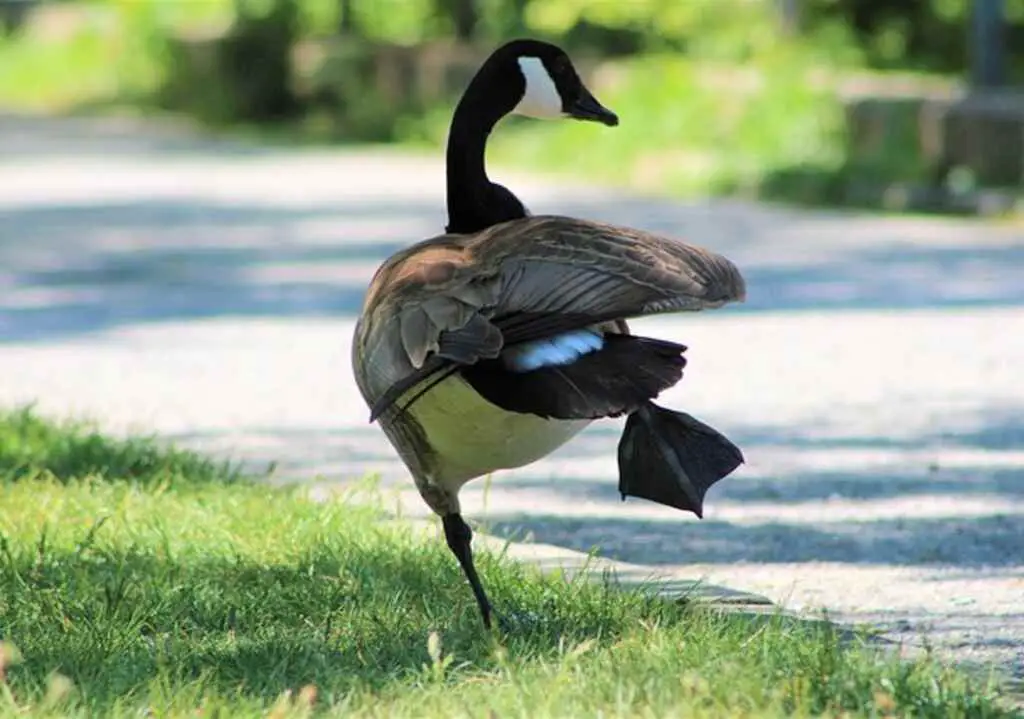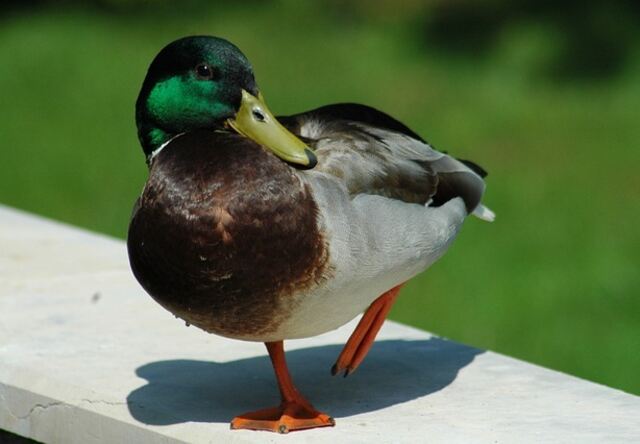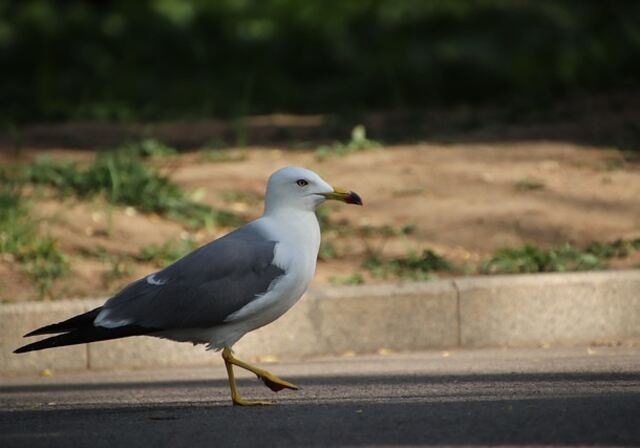Have you ever wondered if birds can fart? You’re not alone. The topic of bird flatulence has been a subject of debate among scientists for years. While it’s widely known that mammals fart, the question of whether birds do the same remains ambiguous. In this article, we’ll explore the mysteries of avian digestive systems and investigate whether birds can pass gas.
First, let’s define what we mean by bird flatulence. Farting, also known as flatulence, is the release of gases from the digestive system through the rectum. It’s a natural bodily function that occurs in many animals, including humans. However, the idea of birds farting has been met with skepticism as birds lack a traditional anus. Instead, they release waste through a single opening called the cloaca. So, can birds fart?
To answer this question, we’ll need to examine the avian digestive system and the factors that contribute to gas production in birds. Through this investigation, we hope to shed light on this intriguing topic and increase our understanding of avian biology.
Table of Contents
- 1 Key Takeaways:
- 2 Do Birds Fart?
- 3 The Avian Digestive System: An Overview
- 4 The Digestive Process in Birds
- 5 Gas Production in Birds
- 6 The Role of Gut Microbes in Bird Digestion
- 7 Evidence of Bird Flatulence
- 8 Alternative Gas Release in Birds
- 9 Misconceptions and Myths about Avian Flatulence
- 10 Conclusion
- 11 Frequently Asked Questions
- 11.1 What causes gas production in birds?
- 11.2 How do birds pass gas?
- 11.3 Do birds burp and fart?
- 11.4 Why does my bird make fart noises?
- 11.5 Do birds fart loud?
- 11.6 How do gut microbes affect bird digestion?
- 11.7 Is there scientific evidence of bird flatulence?
- 11.8 Are there alternative ways for birds to release gas?
- 11.9 What misconceptions are there about avian flatulence?
- 12 Author
Key Takeaways:
- The question of whether birds can fart has been a subject of debate among scientists for years.
- Bird flatulence refers to the release of gases from the digestive system through the rectum, which birds lack.
- We’ll examine the avian digestive system and the factors that contribute to gas production in birds to gain insights into this topic.
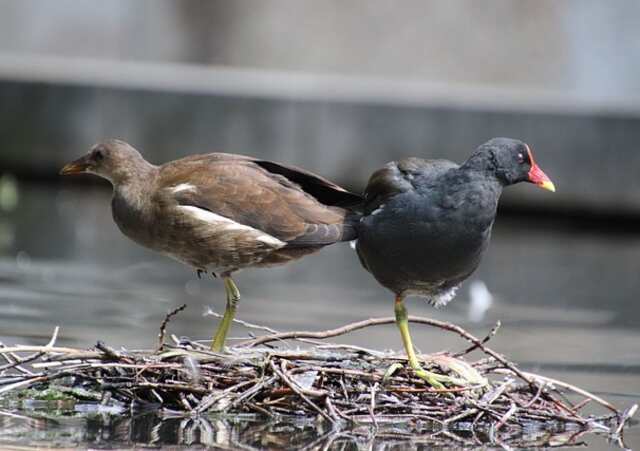
Do Birds Fart?
While birds do produce gas as part of their digestive process, traditional farting as seen in mammals is not a significant mechanism for gas expulsion in birds. Gas release in birds is usually expelled through alternative methods such as belching or venting.
The Avian Digestive System: An Overview
The avian digestive system is a complex and specialized system that enables birds to extract maximum nutritional value from their food. Birds have a unique digestive system that has evolved over millions of years to suit their dietary needs. Unlike mammals, birds do not have teeth to chew their food, and their digestive system has distinct organs and functions that allow for efficient digestion.
The digestive system of birds is divided into two main parts, the upper digestive tract and the lower digestive tract. The upper digestive tract includes the beak, mouth, esophagus, crop, and proventriculus. The lower digestive tract includes the gizzard, small intestine, ceca, and cloaca. The unique structure of the avian digestive system allows for the mechanical and chemical breakdown of food, absorption of nutrients, and elimination of waste products.
| Organ | Function |
|---|---|
| Beak | Tearing and manipulating food |
| Crop | Temporary storage of food |
| Proventriculus | Secretion of digestive enzymes and acids |
| Gizzard | Mechanical breakdown of food using grit and muscular contractions |
| Small Intestine | Further breakdown of food and absorption of nutrients |
| Ceca | Fermentation of undigested material and synthesis of B vitamins |
| Cloaca | Elimination of waste and reproductive functions |
Birds’ gastrointestinal systems are highly adapted to their dietary needs. Birds’ diets consist mainly of seeds, fruits, insects, and other small animal matter. The digestive system of birds has evolved to handle these foods, which are often high in fiber and difficult to break down. The specialized organs and processes of the avian digestive system enable birds to extract the maximum amount of nutrients from their food.
Overall, the avian digestive system is a complex and fascinating system that has evolved over millions of years to enable birds to thrive in a variety of environments. Understanding the unique structure and function of the avian digestive system is crucial to understanding the potential for gas production in birds.
The Digestive Process in Birds
The digestive process in birds is a complex and efficient system that allows them to extract nutrients from their food quickly. Unlike mammals, birds do not have teeth to grind their food, so their digestive system must break down the food into smaller particles for absorption.
Food enters through the bird’s beak and travels down the esophagus to the crop, where it is temporarily stored. The crop allows birds to store food and eat quickly, which is particularly important for some species such as migratory birds that need to fuel up quickly before a long flight.
From the crop, food moves into the proventriculus, where it mixes with digestive enzymes before entering the gizzard. The gizzard is a muscular organ that grinds and crushes the food, using small rocks or grit that the bird has ingested. The food is then broken down further in the small intestine, where digestive enzymes, bile, and pancreatic secretions break down the nutrients into smaller particles.
The absorption of nutrients takes place in the small intestine, where the food particles are broken down into their individual components. The small intestine, which is longer in birds than in mammals, allows for efficient nutrient absorption. From the small intestine, the nutrients are transported to the bloodstream to be used as energy or stored for later use.
The Role of Gut Microbes in Bird Digestion
Although the bird’s digestive process is efficient, it is not considered complete without the help of gut microbes. These microbes are responsible for breaking down complex carbohydrates and aiding in the digestion of food. Unlike mammals, birds do not have a stomach that allows for the fermentation of fiber by gut microbes. Instead, fermentation takes place in the hindgut, which is the last part of the digestive system.
The hindgut houses a diverse population of microbes, including bacteria, fungi, and protozoa. These microbes help break down indigestible materials, such as cellulose, into simple sugars that can be absorbed by the bird’s small intestine.
Overall, the digestion process in birds is a highly efficient and complex system that allows them to extract nutrients quickly from their food. Understanding the intricacies of the avian digestive system is crucial to evaluating the potential for gas production in birds.
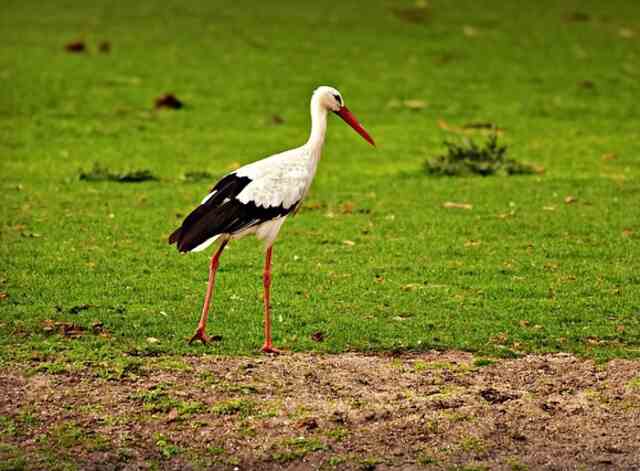
Gas Production in Birds
Gas production in birds is a natural part of the digestive process. As with other animals, the fermentation of food in the gut leads to the production of gas in birds. However, the amount of gas produced in birds is significantly smaller compared to mammals, which may lead to the misconception that birds do not release gas at all.
The avian digestive system is adapted to efficiently process food, which reduces the amount of gas produced during digestion. Additionally, the placement of the bird’s two-chambered stomach and hindgut also prevents the accumulation of gas, further limiting the occurrence of flatulence.
While there is limited scientific research on avian flatulence, some studies suggest that gas release does occur in birds. However, it is typically in low amounts and often released through the mouth rather than the cloaca, which is the area where waste is typically expelled in birds.
It is important to note that the term “avian flatulence” may be somewhat misleading, as it implies a similar mechanism of gas release to that seen in mammals. Birds may exhibit alternative ways of releasing gas, such as venting or belching, which are not considered typical flatulence but may still serve as a means of gas expulsion.
Overall, while gas production does occur in birds, it is typically in small amounts and may occur through alternative means of expulsion. The unique adaptations of the avian digestive system and limited research on the topic have contributed to misconceptions surrounding bird flatulence.
The Role of Gut Microbes in Bird Digestion
Birds have a unique gastrointestinal system that allows them to digest food quickly and efficiently. However, they cannot digest some complex carbohydrates without the help of gut microbes.
These microbes, which include bacteria, fungi, and protozoa, live in the bird’s intestine and break down complex carbohydrates into simple sugars.
The bird can then absorb these sugars and use them for energy. Without the help of gut microbes, birds would not be able to extract all the nutrients they need from their food.
Interestingly, the composition of gut microbes in birds varies depending on their diet. For example, birds that eat primarily seeds have a different microbial community than those that eat insects.
These microbes not only aid in digestion but also help the bird’s immune system by competing against harmful bacteria and producing beneficial compounds.
While gut microbes play a crucial role in bird digestion, their influence on gas production is still unclear. However, it is possible that the type and amount of gut microbes may affect gas production in birds.
Evidence of Bird Flatulence
The question of whether birds fart is one that has intrigued scientists and the general public alike. While there is no definitive answer, there is some evidence to suggest that birds do indeed release gas.
Research studies have shown that certain bird species, such as mallards and chickens, have been observed releasing gas from their cloacas, which is the opening for both their digestive and reproductive systems. This gas release is often associated with defecation, leading some researchers to suggest that the gas is simply a byproduct of the digestive process.
Other researchers have suggested that birds may release gas through their mouths or even through their skin. There are anecdotal reports of birds belching or making a hissing sound, which may indicate the release of gas. However, these alternative mechanisms for gas release in birds are not as well-studied as cloacal gas release.
While the evidence for bird flatulence is not conclusive, it does suggest that gas production in birds is a possibility. Further research is needed to determine the extent and mechanism of gas release in birds.
Alternative Gas Release in Birds
While traditional farting may not be a significant mechanism for gas expulsion in birds, there are alternative ways in which they might release gas.
One possible method is belching. Birds may swallow air while eating or drinking, which can accumulate in their digestive system and cause discomfort. Belching is a natural way for birds to release this excess air and relieve their discomfort. However, it is essential to note that belching is not the equivalent of farting and does not involve the release of intestinal gas.
Another possible method of gas release in birds is venting. Venting is the process by which birds pass gas through their cloaca, a single orifice used for both excretion and reproduction. While venting may sound like farting, it is a completely different process and does not involve the same mechanisms as mammalian flatulence.
It is still not entirely clear which method birds primarily use to release gas, but it is clear that traditional farting is not a significant mechanism in avian species.
Misconceptions and Myths about Avian Flatulence
There are numerous misconceptions and myths surrounding the topic of avian flatulence. One common myth is that birds fart as a means of releasing gas, just like mammals. However, this is not entirely accurate.
While it is true that birds produce gas as part of their digestive process, the mechanism for gas release is different from that of mammals. Birds have a specialized gastrointestinal system that eliminates gas through the vent, which is a single opening for the excretion of both feces and urine.
Another misconception is that birds are incapable of producing gas due to their unique digestive system. However, this is far from the truth. Birds produce gas through the process of fermentation that occurs in their digestive system. This process is similar to that of cows, who are well-known for their flatulence.
Some people believe that birds do not produce much gas. However, this is not consistent with scientific evidence. Studies have shown that birds can produce a significant amount of gas, especially when consuming high-fiber diets.
Lastly, there is a misconception that avian flatulence is harmful to the environment. While methane gas, which is a byproduct of fermentation, is a potent greenhouse gas, the amount produced by birds is relatively small compared to that of cows and other livestock.
Summary
In summary, while birds may not fart in the traditional sense, they do produce gas through the fermentation process in their specialized digestive system. Misconceptions and myths surrounding avian flatulence can lead to inaccurate beliefs about the topic. By dispelling these myths, we can arrive at a more accurate understanding of the unique biological processes in birds.
Conclusion
After examining the avian digestive system, the digestive process in birds, gas production, gut microbes, scientific evidence, alternative gas release, and dispelling myths, we have come to the conclusion that traditional farting as seen in mammals is not a significant mechanism in birds’ gas expulsion.
While there is evidence of gas release in birds, it occurs differently from the process of farting. The unique adaptations of the avian digestive system, including gut microbes, allow for efficient digestion and utilization of nutrients, resulting in minimal gas production.
Although the idea of birds farting may be humorous, it is essential to understand the scientific facts surrounding the topic. By clarifying misconceptions and shedding light on avian biology, we can gain a deeper appreciation for the complexity and diversity of the animal kingdom.
Frequently Asked Questions
What causes gas production in birds?
Gas production in birds is primarily caused by the fermentation process that occurs in their specialized gastrointestinal system. This fermentation helps break down complex carbohydrates and can result in the production of gas.
How do birds pass gas?
Birds release gas primarily through their cloacas, a single opening for excretion and reproduction. Gas may also be expelled orally or through venting, depending on the bird’s species.
Do birds burp and fart?
Birds don’t burp as mammals do, but they may expel gas through venting or occasionally make sounds that resemble farting.
Why does my bird make fart noises?
Birds may make sounds resembling fart noises due to the expulsion of gas through their cloaca or other natural digestive processes. It’s typically not a cause for concern.
Do birds fart loud?
Birds’ gas release is usually not loud like human flatulence. It’s often subtle and not as audible due to their unique digestive systems.
How do gut microbes affect bird digestion?
Gut microbes play an important role in bird digestion by assisting in the breakdown of complex carbohydrates and aiding in the overall digestion process. These microbes help birds extract essential nutrients from their food.
Is there scientific evidence of bird flatulence?
There have been scientific studies and observations that suggest the occurrence of gas release in birds. While the evidence may not be as extensive as that for mammals, it does support the idea that birds are capable of releasing gas.
Are there alternative ways for birds to release gas?
Yes, birds have alternative methods for gas expulsion, such as belching or venting. These behaviors serve as alternative mechanisms for gas release in avian species.
What misconceptions are there about avian flatulence?
One common misconception is that birds fart in the same way as mammals, which is not accurate. While birds do produce gas, the extent and mechanisms of gas release differ from what is commonly associated with farting.

